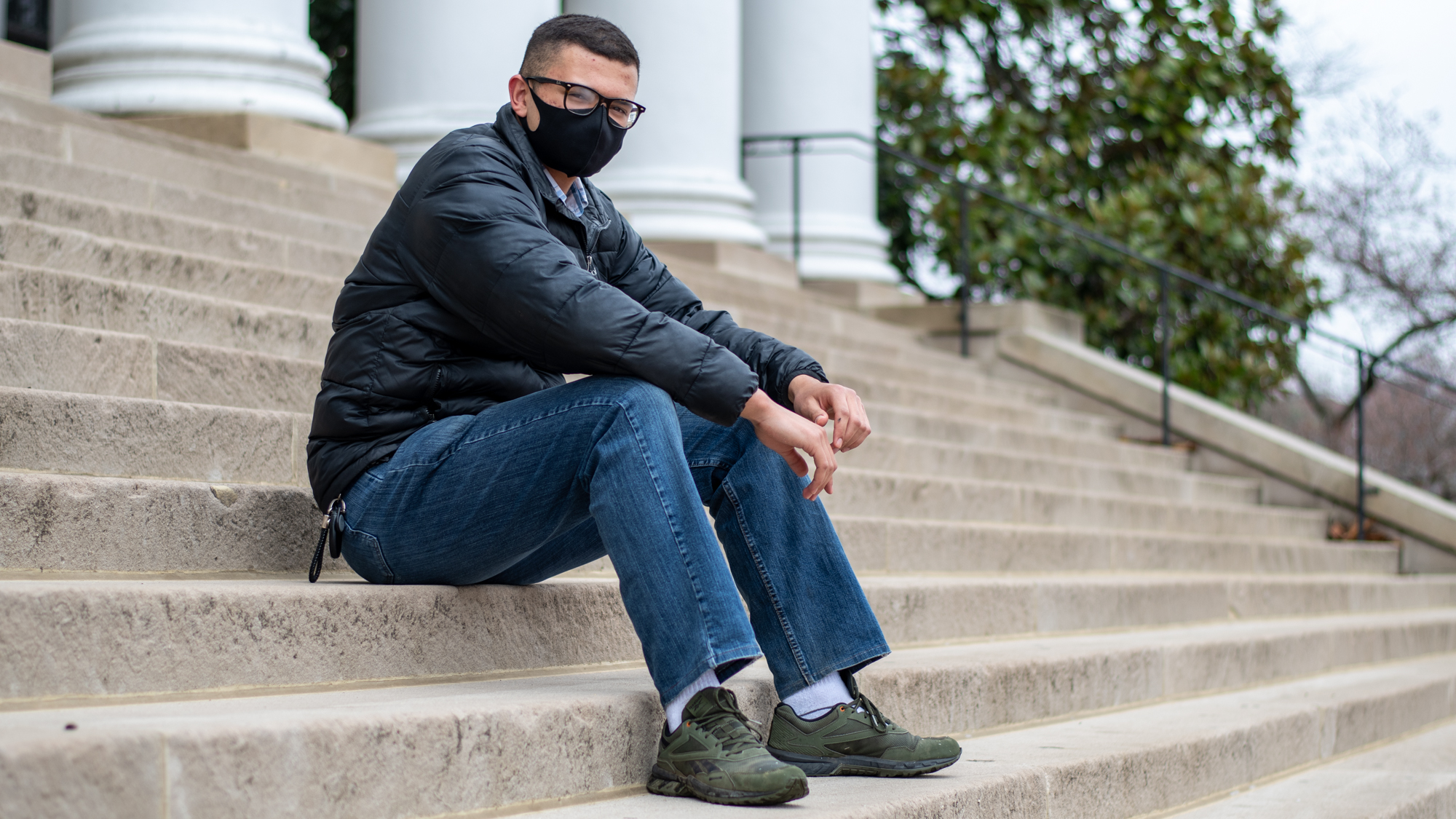As more Marylanders are getting vaccinated, college students across the state have rallied together to volunteer at mass vaccination sites.
The Medical Reserve Corps has had volunteers at various COVID-19 mass vaccination sites since they opened, but they soon realized they needed more people. To expand their force, they expanded to a university partnership at Johns Hopkins to have students volunteer, which quickly branched out to all University System of Maryland institutions.
“This partnership is so we can kind of fast-track bringing in university students to assist as Medical Reserve Corps volunteers,” said Jonathan Caudle, the corps’ state coordinator.
The Medical Reserve Corps has up to 23,000 volunteers, both medical and nonmedical. Johns Hopkins was the first to reach out to Caudle to see if there was any way they could help out, he said, and the school became the guinea pig in the partnership.
Mazin Elshareif, a Johns Hopkins freshman neuroscience major, is a volunteer shift leader. His job is to help new volunteers get used to how things work at the M&T Bank Stadium, a mass vaccination site in Baltimore.
[USM presidents address lack of trust in COVID vaccine due to history of medical racism]
Because students at Johns Hopkins need to get tested three times a week, they were well-positioned to expand the workforce at the mass vaccination sites. Now, they have groups of up to 12 students volunteering nearly four times a week.
“It’s a big help and good experience for us, especially as undergrads who are wanting to help the community in Baltimore,” Elshareif said.
Tens of thousands of students from various university system institutions have been signing up to volunteer, Caudle said. They sign up through GivePulse, a popular volunteering platform used across the country for volunteering events. University Partnership Coordinator Chris Bankert said the platform was a great way to tap into the younger population and make the application process run smoothly.
“That made it very easy for them to provide all of their information and get signed up and be able to track their volunteer hours,” Bankert said. “It also gave them a really easy way to go and seek out the volunteer opportunities and schedule themselves to get there.”
Applicants fill out documents and watch an hourlong training video on COVID-19 and interaction before they can schedule to volunteer. When that is completed, they receive a list of locations and openings so they can schedule a time and place that is most convenient for their schedule. Shifts can be a whole day or half a day.
Because student volunteers often don’t have any medical experience, they mainly assist with crowd control. Ali Elyousfi, an ROTC member at this university who is enrolled at Northern Virginia Community College, has volunteered at M&T Bank Stadium since late March. When on shift, he guides people to the proper lines and tents, helps people fill out their information on tablets and wipes down the tablets after each use.
While it may not seem like much, Elyousfi was ready to get back in as soon as possible after his first shift. It’s an opportunity not only to help people but a chance to experience the real world, he said.
[USM university presidents promote COVID-19 vaccine in video presentation]
“There’re so many people that go through the line. They all have lives, they all have experiences and getting to listen to that and getting to know them is always helpful,” Elyousfi said.
Eunha Yim, a sophomore physiology and neurobiology major at this university, just had her first volunteer shift at the Wicomico Civic Center over the weekend, and she is planning to volunteer more in the coming weeks. Like Elyousfi, she helps with traffic control and guides people to the proper locations to get vaccinated.
Through volunteering, she’s learned a lot about how the vaccine rollout process works. She said she’s also learned a lot from the people she’s interacted with. She’s met plenty of people who were hesitant but realized that the vaccine is one of the few options, if not the only, to get back to some sense of normalcy.
At the end of day, Yim felt joining the effort toward herd immunity was simply about acting as a good samaritan during a historical event.
“This is like a one-of-a-chance opportunity in the sense that this is the first pandemic for basically all of us,” Yim said. “This definitely should be going down in history.”



